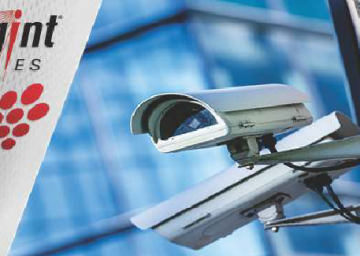Video Surveillance Devices

An Opportunity for Cybersecurity Threats? Razberi’s Award-Winning CameraDefense™
Automates Surveillance Cyber Protections
The Mirai virus, Devil’s Ivy, WannaCry. You’ve heard the terms and how they can wreak havoc on a surveillance and enterprise data network. It is expected that there will be more on the horizon in 2018. Indeed, security systems are vulnerable targets for hackers who are increasingly using endpoints, such as IP cameras and network video recorders, to gain access to networks. Even isolated camera only networks can have unintended connections that bridge to the main corporate network.
Despite the growing number of incidents and threats to company revenues and reputations, the industry has been too slow to react. It is critical that security cameras and other elements of network video systems be installed and administered with cybersecurity in mind.
One reason organizations don’t do this adequately is the complicated nature of protecting security systems. Addressing this issue often requires a detailed understanding of network operations processes to fully secure the system. Relying on extensive manuals provided by camera manufacturers is labor intensive and not scalable or sustainable.
In fact, there are several pragmatic efforts and best practices that organizations can and should take immediately to reduce cyber-attack exposure – and they don’t require a Certified Cisco Network Associate. What they do require is an automated software to identifying potential holes and an ability to harden or lock down those vulnerabilities for tens, hundreds or thousands of cameras as well as health monitoring to identify and alert of possible threats. This is what Razberi Camera Defense provides with a simple dashboard that visually identifies potential issues that need to be addressed. What can take hours and truck rolls can take minutes to provide solid protection.
1. Device binding: port traffic is limited to known MAC addresses.
2. Firewall: Protects from common service attacks.
3. Whitelisting: Identifies if unauthorized IP traffic has been detected.
4. Internet protection: Cameras may be exposed to internet traffic.
5. Password protection: Default or common passwords are in use.































